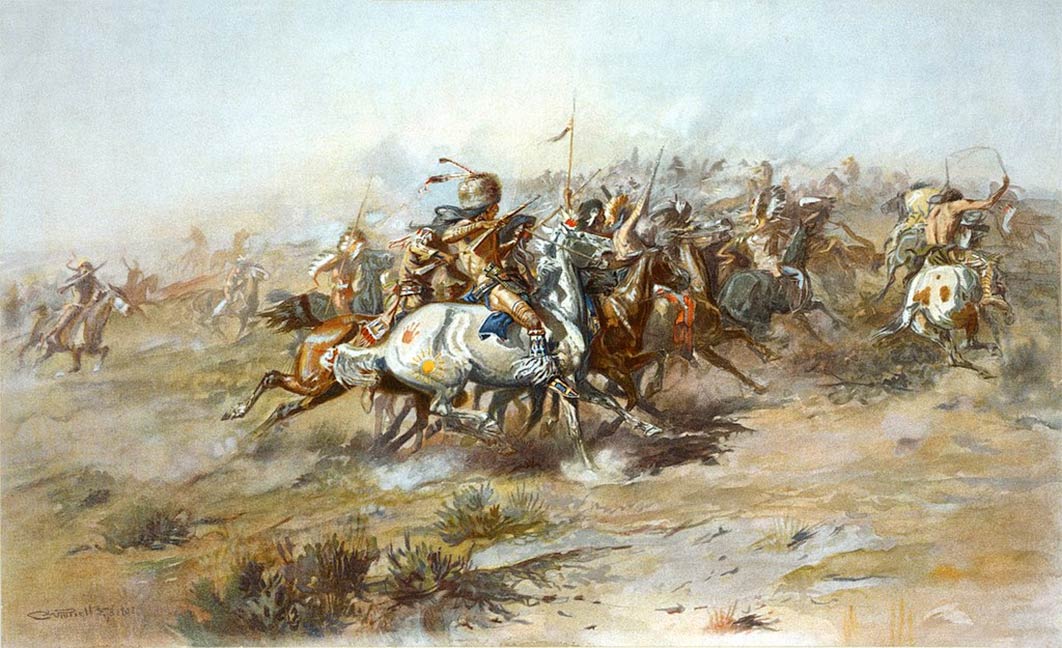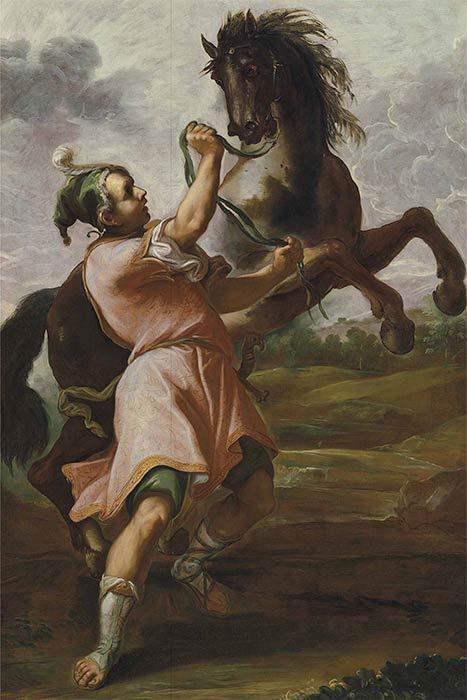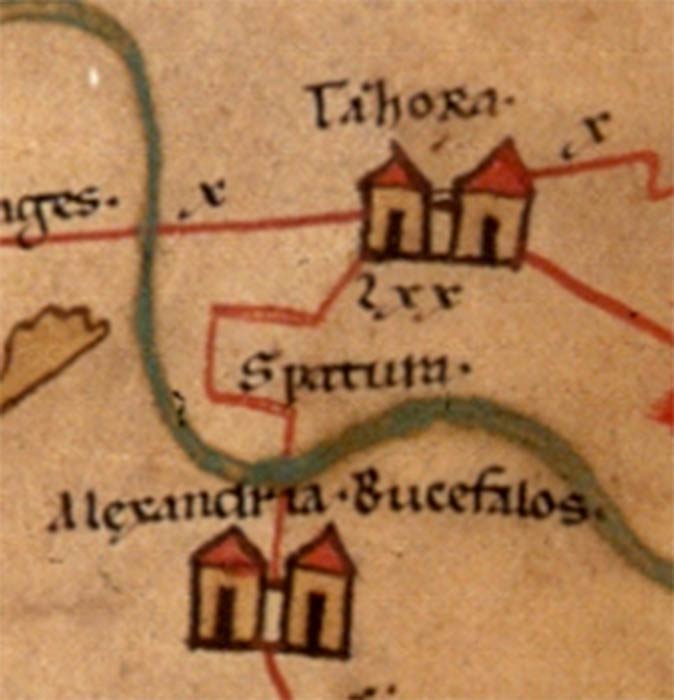
The Valor Of Sturdy War-Stallions Who Changed History
Horses have lived on earth for more than 50 million years and they were first domesticated in Asia between 3000 and 4000 BC. According to the American Museum of Natural History at this time they were sought mostly for their rich milk and protein packed meat. Serving as one of man’s closest allies at work, during war and at play, over their 6,000 years of domestic history several equines have stood out for their legendary strength, speed and intelligence. These are the hardest, heavy-weight champions of the horse world, who each left their hoof print on history and stood the test of time like those legendary men who rode on their backs.

Haniwa horse statuette featuring saddle and stirrups from the sixth century Kofun period. París, Musée Guimet.( Miguel Hermoso Cuesta/ CC BY-SA 4.0)
Bucephalus Beloved Of Alexander The Great
One of the most outstanding famous horses of antiquity is the steed of Alexander the Great, Bucephalus or Bucephalas, meaning ox head. Reported as a massive creature with a huge head and a blue eye, Bucephalus had a rich black coat with a large white star marked in the center of his brow. In 344 BC Plutarch, the Greek philosopher, biographer, essayist and priest at the Temple of Apollo, said “at 12 or 13 years of age, Alexander of Macedonia won the horse by making a wager with his father”. The story goes that a horse dealer named Philonicus the Thessalian, had offered Bucephalus to the King Phillip II for 13 talents, which was an astronomical price for any horse, but because the animal was untamable the king was not interested, however, a young Alexander was.

Alexander and Bucephalus by Domenico Maria Canuti (1645 – 1684) (Public Domain)
It is said that this was a skittish horse that would rear against anyone who came near it. It was only tamed when Alexander turned him toward the sun, putting his shadow behind him, the shadow of course representing the source of Bucephalus’ fears. According to Plutarch as Alexander returned to the arena with Bucephalus and dismounted, Phillip said, “O my son look thee out a kingdom equal to and worthy of thyself, for Macedonia is too little for thee.” Most historians agree that Alexander´s famous taming of the wild Bucephalus was the turning point in the young prince’s life as this was the first time that the famous ruler demonstrated the required determination and confidence to ‘subjugate, tame and control’, qualities which were to become central deployments in his conquest of Asia.
- Ancient Equestrian Tactics Used Against New Foe
- Horses of Antiquity, Their Ancient and Sacred History
- Dogs of War: Ancient History of Animals in Warfare
A king like Alexander would have owned as many horses as he did lovers, and while his stables were full of breeds from all over the known world, Bucephalus was Alexander’s favorite war-horse. When someone stole Alexander´s beloved horse, in a fit of anger he declared he would lay waste to the land and kill all its inhabitants if the horse was not returned unharmed, and it is no surprise that horse turned up unharmed very soon after. Bucephalus died in 326 BC after being injured at the Battle of Hydaspes, and he was so beloved that when Alexander later founded a city on the west bank of the Hydaspes river (modern-day Jhelum in Pakistan), he named it Bucephala in honor of his prize horse. According to Andrew Runni Anderson´s 1930 article Bucephalas and His Legend published in the American Journal of Philology, the town folk of Jalalpur Sharif, outside Jhelum, maintain the great Bucephalus was buried somewhere nearby and remains there to this very day.

The settlement of Bucephalous in the fourth century, as shown on the Peutinger Table, with the possible burial spots of Bucephalas shown as red crosses. (Public Domain)




